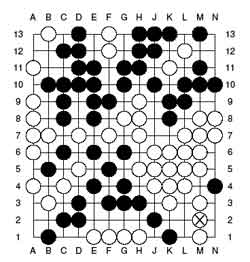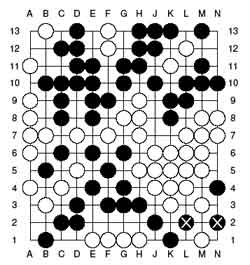I am
looking for a nice LaTeX-book style file. So far, I like the
thesis package which has a more European-feel than the AMS-book
package. But surely there are other excellent packages I haven't
tested yet. Please drop a comment (if possible with a link). Also, if
you know of extra features which should be included in our
'house-style-file' or know of CTAN-packages which may be handy,
tell me! Thanks!
neverendingbooks Posts
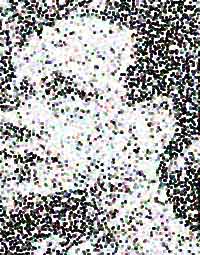
There is a nice, cosy 2nd hand book shop Never Ending
Books located at 308 Hibiscus Highway, Orewa Beach (New Zealand).
Further, someone registered the domain-name www.neverendingbooks.com and
isn't doing a thing with it at this moment. And that's about it!
As this site will be a strictly non-profit set-up, it made sense
to register the domain-name www.neverendingbooks.org
instead. Partly because many of you seem to find www.matrix.ua.ac.be way too
difficult to remember (judging from the number of times people end up
here Googling _lieven le bruyn_). Unfortunately, registering the
domain-name is the only of three urgent goals I set myself that actually
panned out so far (the other two, _getting a prefix_ and
_partnering up_, won't mean much to you and I'll explain
them later when (if) they work out).
Over the next couple of
weeks it will become gradually clear what this site is all about.
I've worked out things (in theory) over several sleepless nights,
but making them happen will require a lot of extra work.
Oh, you
don't believe I did think some things through? Have a look at the
new header-picture. Recognize those eyes? If you do, you will agree that
this choice was almost forced upon me as I wanted to capture at the same
time the _non-commutative-algebra_, the _non-commutative
geometry_ as well as the _neverending_ aspect of this
site…
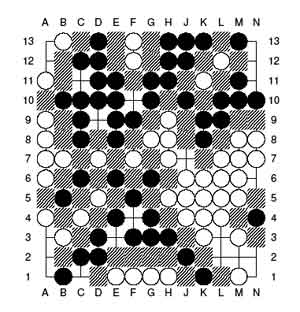
Before I'm bogged down by the changes let me
return to the snortGO
puzzle. Recall that in snortGO black and white take
turns in placing a Go-stone on the board respecting the rule that no
stones of opposite colour may be adjacent. Javier is right that snortGo
with an empty starting board having an odd number of rows and columns is
a first player's win (place your first stone on the central spot and
respond to your opponent's moves by reflecting them along the
center).
Still, one can compose realistic end-game problems (as
in the previous snortGo post where the problem was : prove that the position is a first
player's win and indicate a winning move for both black and white).
To start the analysis let us remove all spots which are unavailable for
both players (as depicted in the top picture). Some of the remaining
spots are available to just one player (the central free spots and the
two in the top left corner). One counts that black has 5 such central
spots and white 4 (including the top left corner). So, all the genuine
action is happening in the three remaining corner regions for which one
can calculate the exact value following the rules of combinatorial game
theory where bLack is playing Left and white Right (so the free
spots for black add up to +5 whereas those for white add up to -4). It
is pretty easy to work out the exact values of the corner subgames
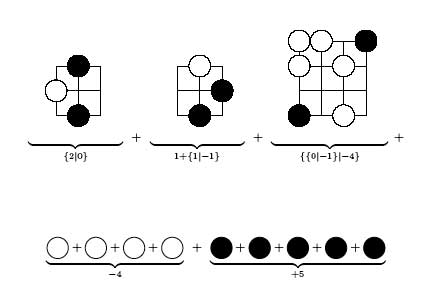
To find the value of the total game we have to sum up these
values which can either be done by hand (use this and this to get
started and use the inductive rule $G+H = \\{ G^L+H,G+H^L \\vert
G^R+H,G+H^R \\}$) or using combinatorial game suite to
verify that this sum is equal to $\\{ \\{ 3 \\vert 2 \\} \\vert -1 \\}$
which is a fuzzy game (that is, confused with zero or a first
player's win). To find the actual winning moves just try out the
Left (bLack) and Right (white) options in the corner games to find out
that there is a unique winning move for white and there are just 2
winning moves for bLack, all indicated in the pictures below.
